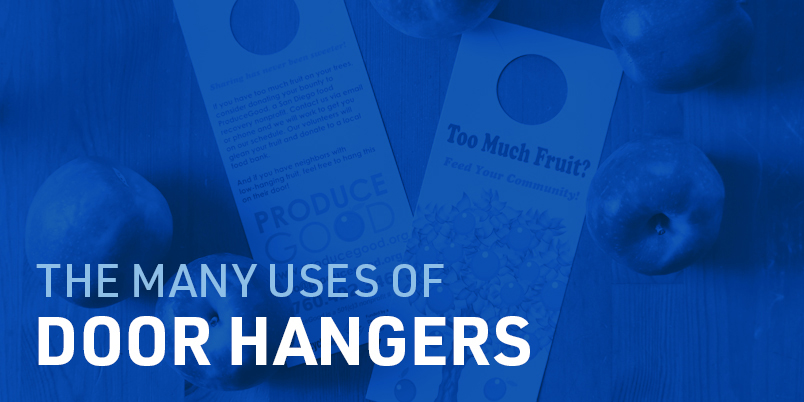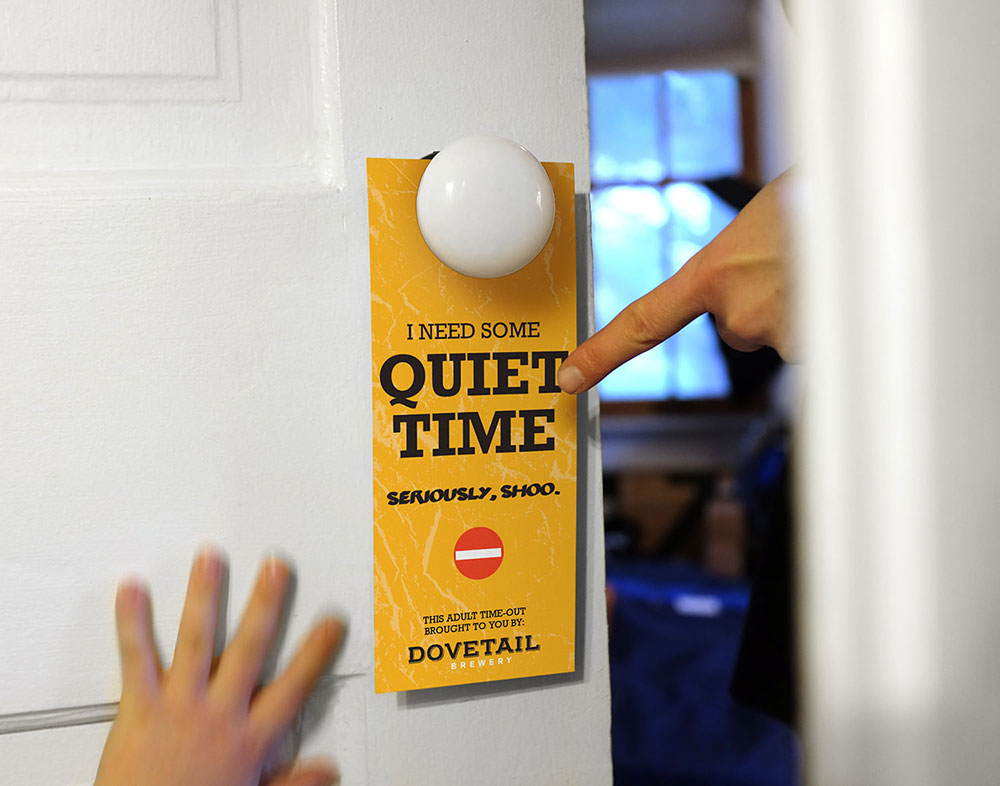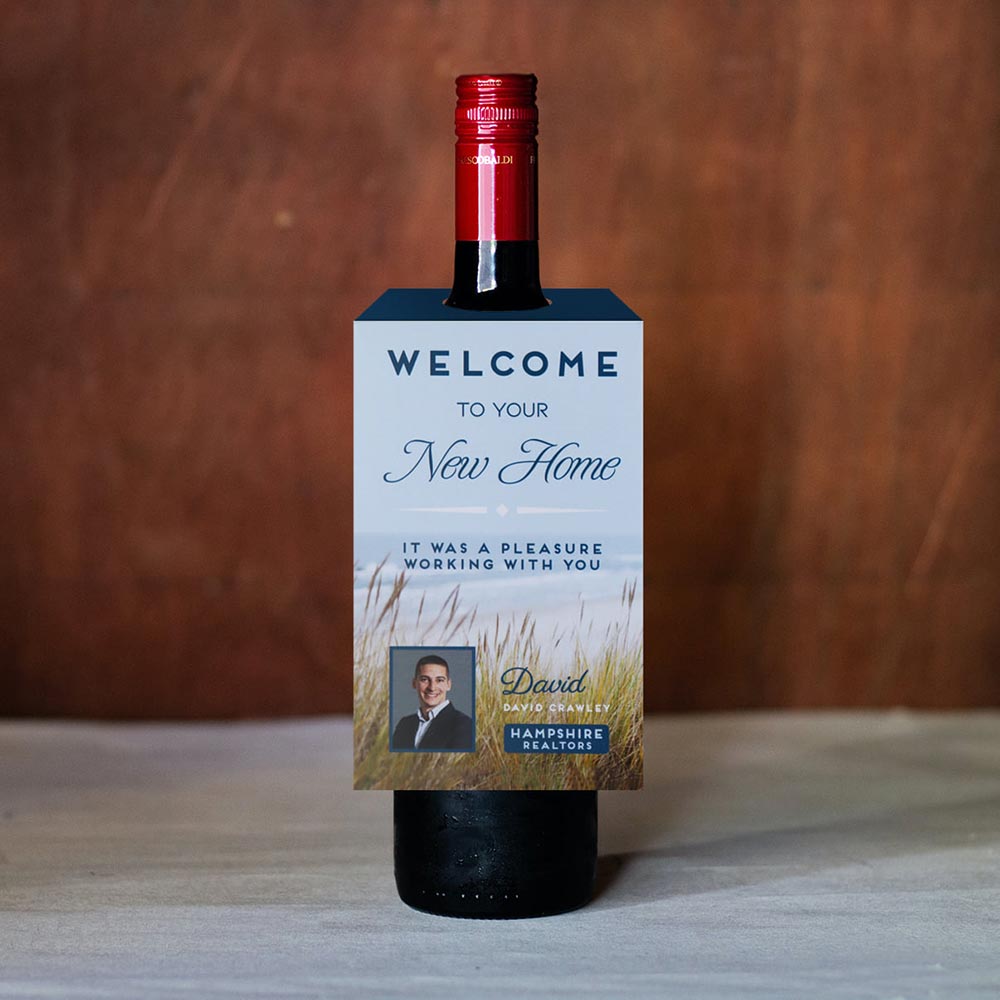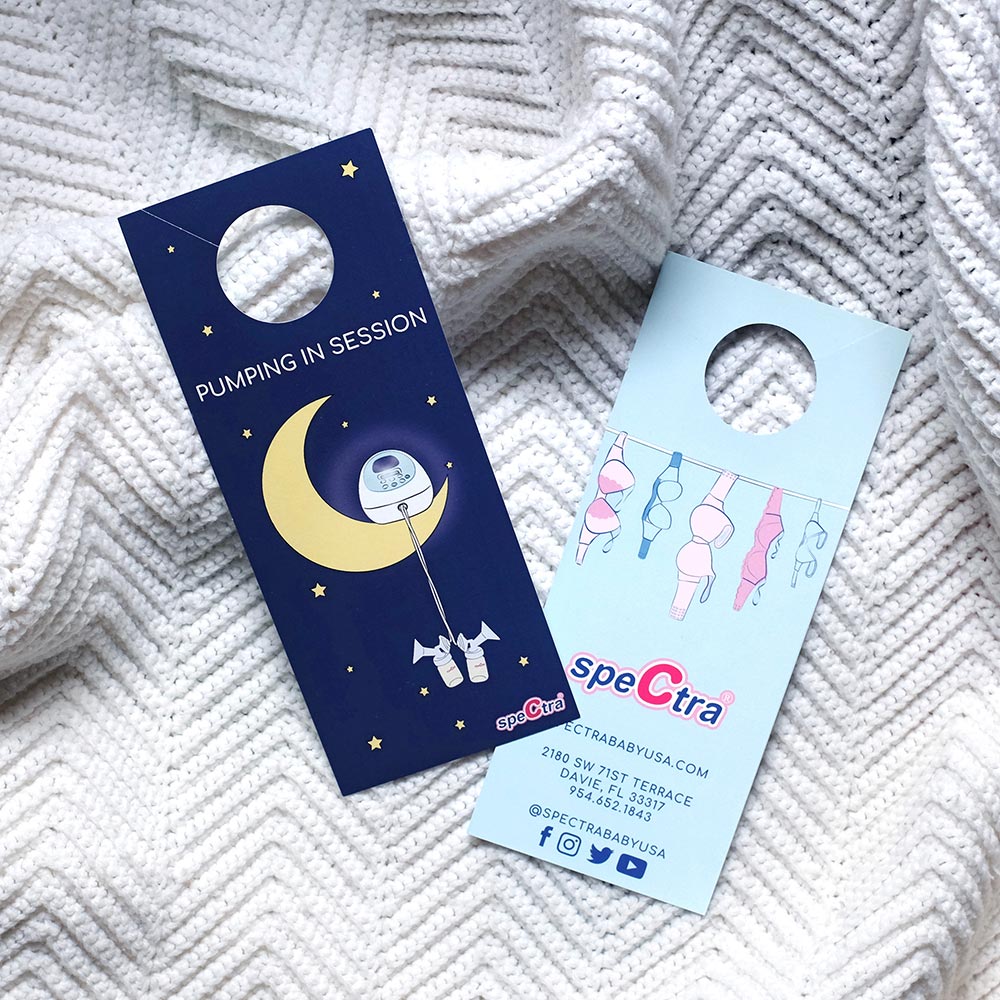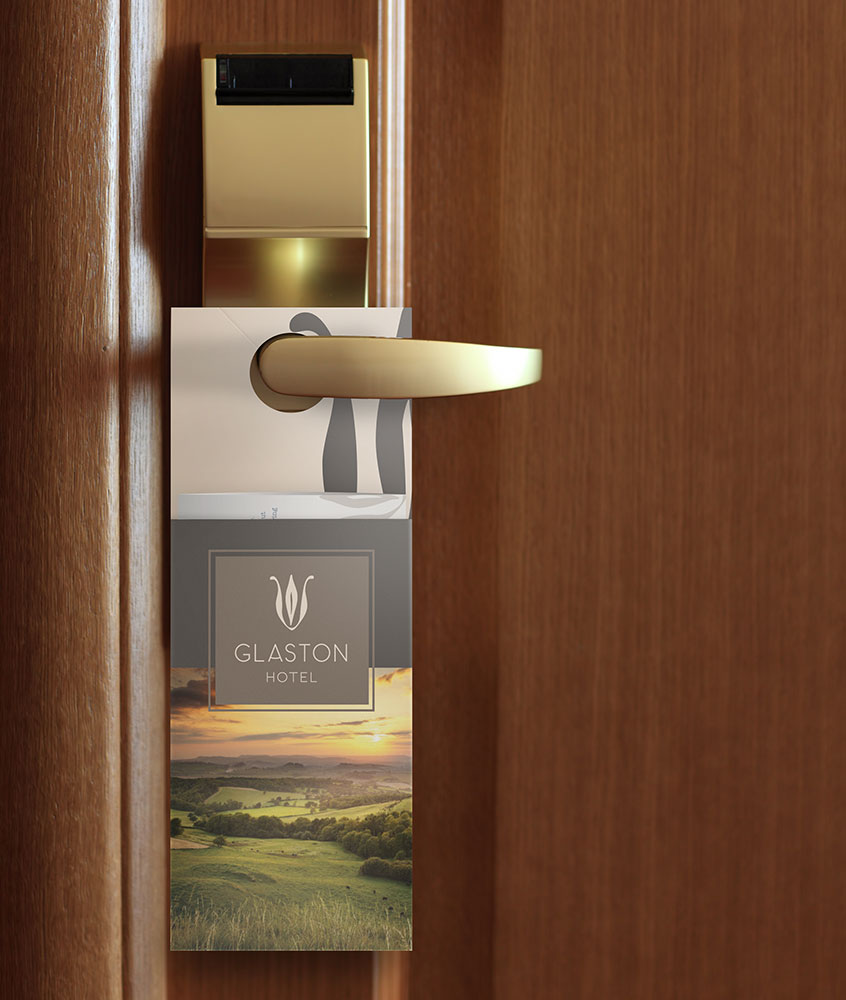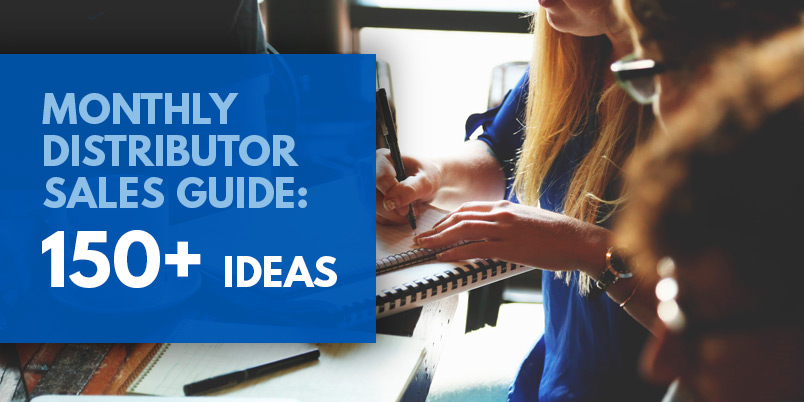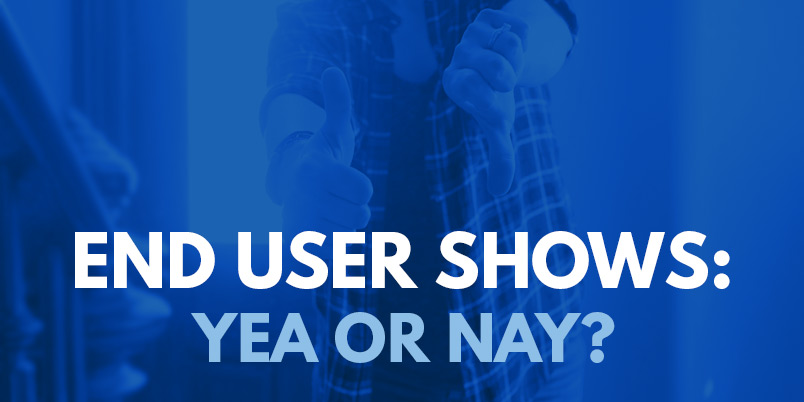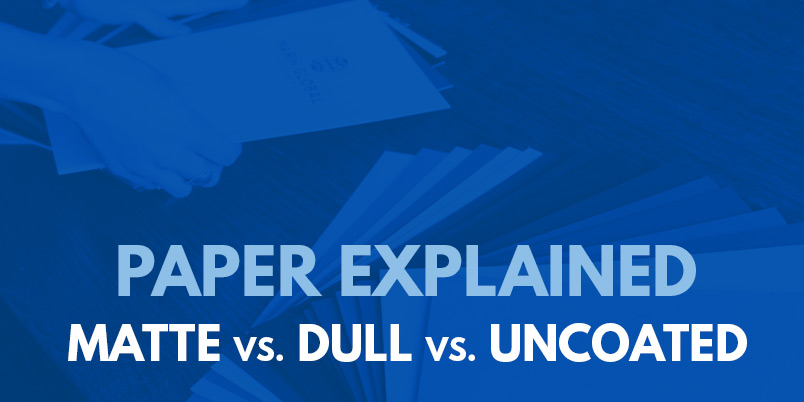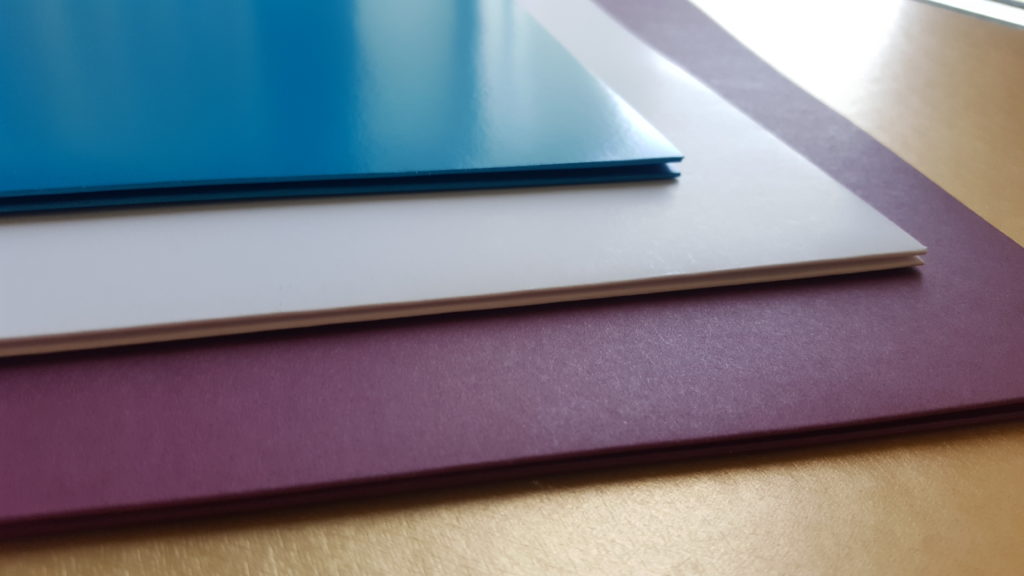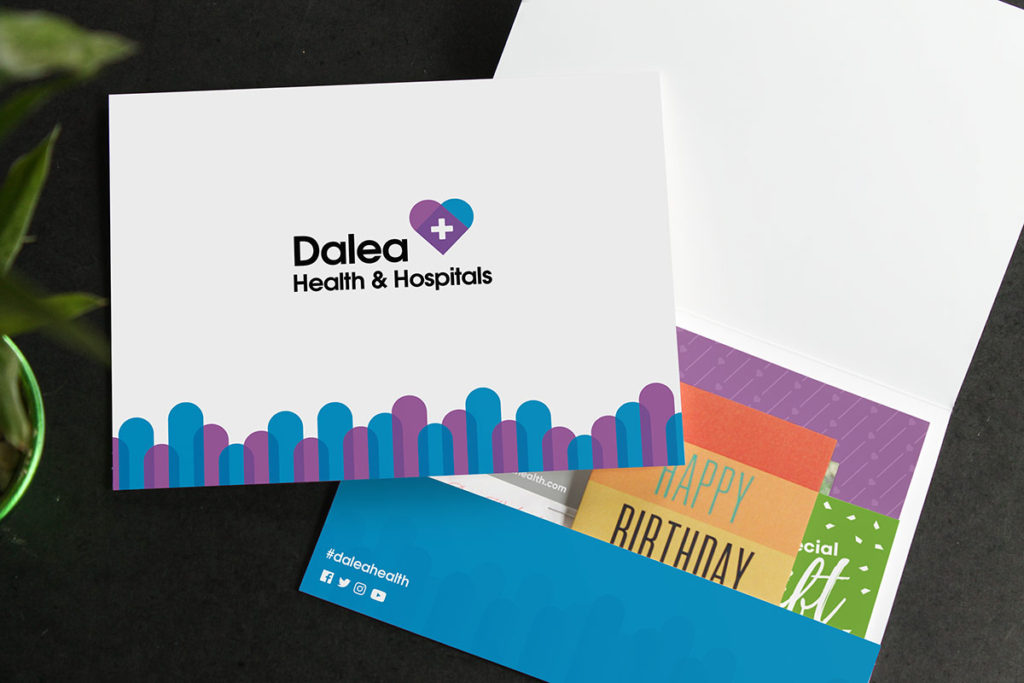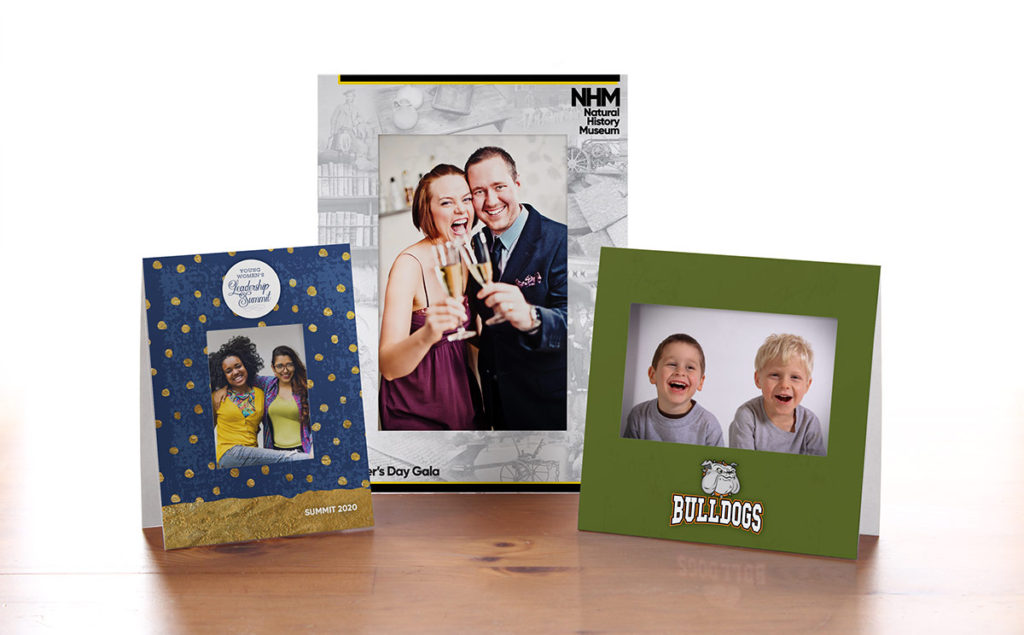First released in 1994 by Denso Corporation in Japan, an industrial solutions company, the QR code has come a long way from its IT origins.
What is a QR code?
A QR code—short for Quick Response Code—is a matrix bar code that you scan with a camera on your smartphone or tablet, and it links to a website, an app, an online document, or even to add a vCard contact.
When first introduced to end users, it had a lukewarm reception at best. People didn’t know how to use it. So the QR code quickly faded away.
But as more and more people relied on online shopping, the QR code was seeing a comeback. It was printed on instructions in the package, which linked to the manual online or even how-to videos.
And the pandemic brought the QR code back big time. Initially as an alternative to the printed menu (although the popularity of that didn’t last).
Nevertheless, the QR code is back, and we’re printing it on most of our full-color products. Here are some of the ways businesses and event planners are using QR codes on their promotional products and marketing materials.
QR code for catalog pricing
We do this! The cost of materials fluctuate, and sometimes that means a price adjustment. It’s easier to direct them to our website, where pricing will always be up-to-date.
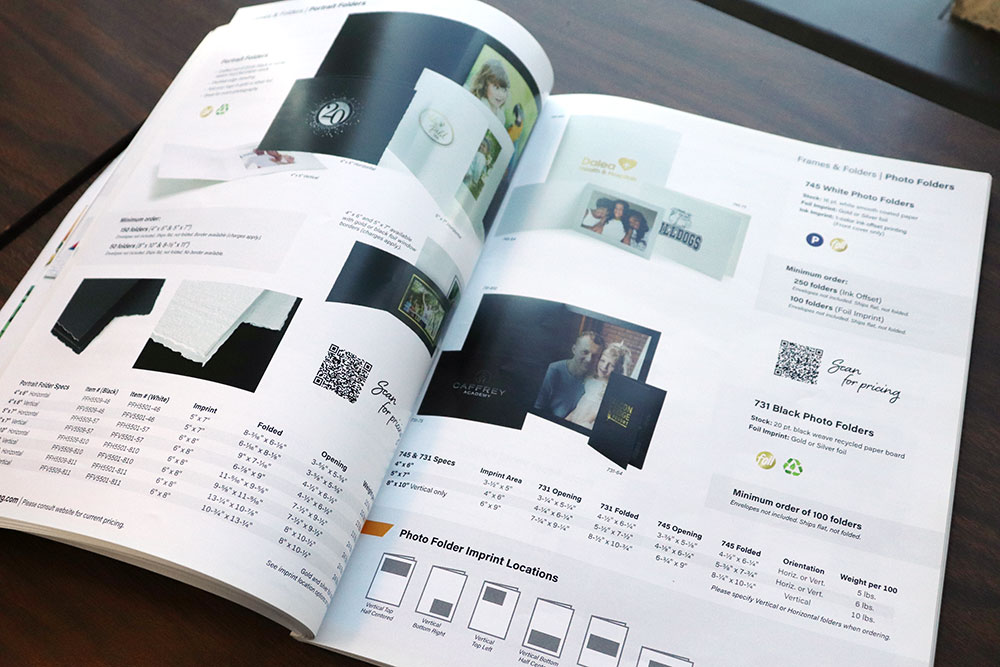
QR codes for guest or patient check-in or form submissions
If the facility has a specific questionnaire they need filled out, print a QR code on some signage, leave in the lobby or on the front desk, and have guests or patients quickly sign in on their phones or complete a form.
QR codes for on-the-spot fundraising
Popular on our table tents, fundraiser organizers have their design team add a QR code to a table tent. Event attendees can just scan the app and donate through a secure website.
Not having to worry about on-site donations is one less thing to worry about when planning a fundraiser or non-profit event.

QR codes for product or company reviews
Many places send a follow-up email after an order ships, asking for a review or feedback. If you want to do something different—and stand out from the crowd—consider a QR code.
There are a lot of different places people can choose to leave a review. Pick the place people visit the most and create a QR code for that website or app. Print the QR code on an insert that goes in the package or send a follow-up mailer with the QR code and personalized hand-written thank you note.

QR codes for product videos
When it comes to putting a product together, some people follow videos better than written instructions. Include written instructions with your product, but include a QR code to some how-to videos for those who learn better that way.
Some other videos you could link to:
- How to use the product or service
- Intro to you/the company
- Show off the durability of the product
- If it’s a food product, link to recipes!
Not just for videos, you could also link to your company’s podcast.
QR codes for professionals
Business owners and entrepreneurs say that LinkedIn is THE place they get the most leads. If you use that platform—or even a different one—create a marketing mailer with a QR code that leads to your page in the app.
QR code FAQs
Can you foil stamp a QR code on promotional products?
We don’t foil stamp QR codes. Though our foil stamping is precise, variations in the foil could inhibit the QR code from being properly read. We always recommend printed QR codes.
Can I change the URL once I create the QR code?
It depends on what kind of QR code you create. If you create a static QR code, you are unable to change the URL. If you create a dynamic QR code, you can change the URL anytime and the QR code will direct you to the place you want it to go.
Can I only link to websites?
No! There are so many more creative ways to use QR codes than we’ve listed above. Here are a few more ideas:
- Link to an app
- View a PDF
- Store image files
- Connect to a WiFi network
- Business Card (great for swapping contact info at shows and conferences!)
- Plain Text (your text shows up when someone scans the code)
- Text Message
How do I create a QR code?
If you have Adobe InDesign, you can create a static QR code there. If you want a free QR code generator, check out bit.ly. Important to note that it will have their logo in the middle unless you upgrade to a paid plan.
Let’s put your QR code to work.
See what we can do with QR codes. We print them on all the above products and more. Visit WarwickPublishing.com to learn more or get in touch with your rep.
Leave a Comment



